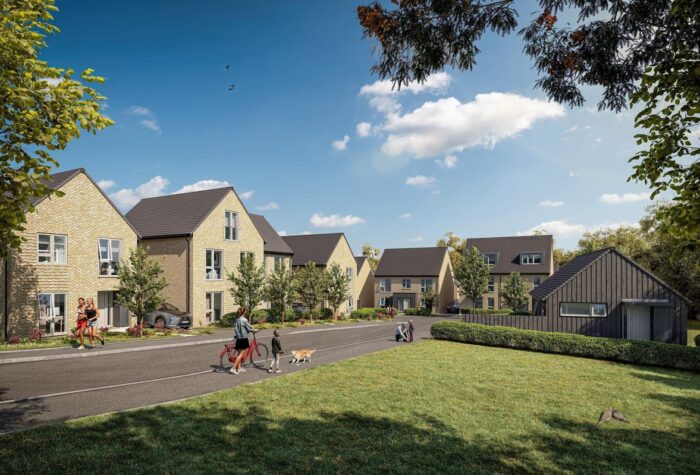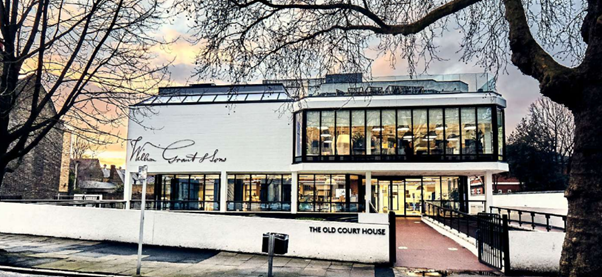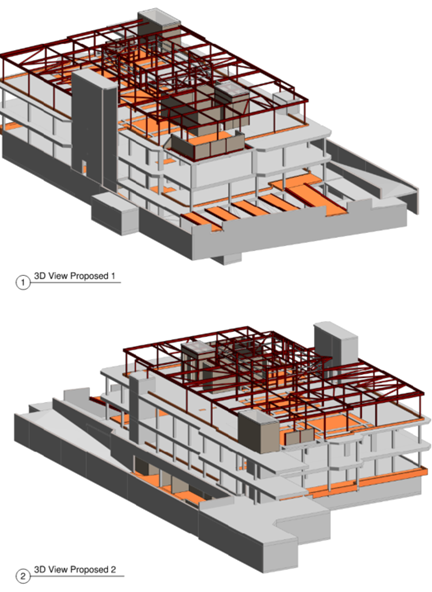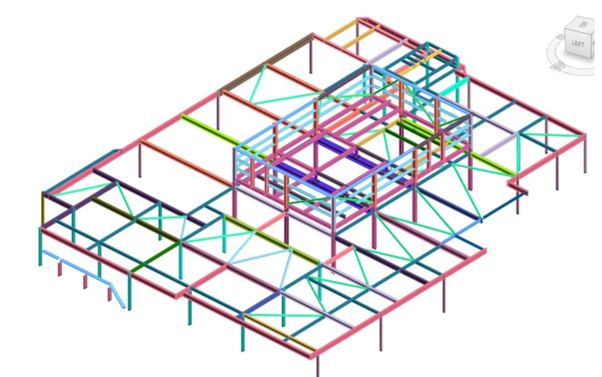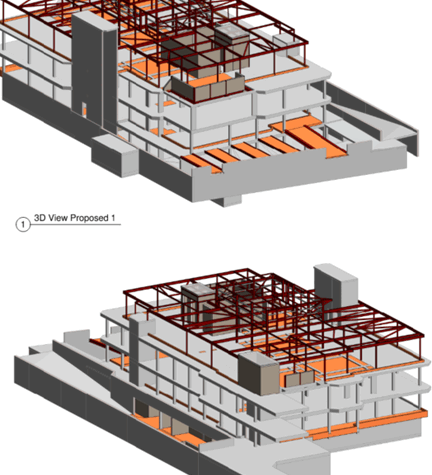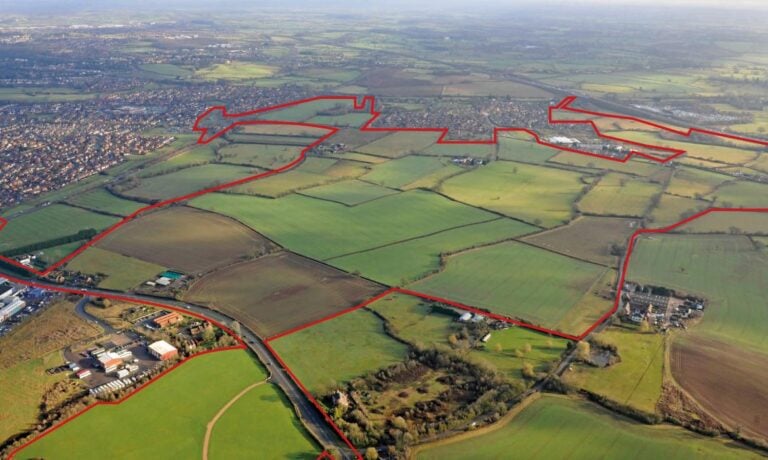
Magistrates Court, Richmond
This project reused the concrete structure of an existing 1970’s magistrates court, converting and extending this to form a contemporary office space, including a bar, gym, and roof terraces. The existing basement car park was converted from a car park and plant room into office space, with new lift shafts, stair voids, and slab modifications for a modern M&E fit-out. Our strategy was to maximise the reuse of the existing structure and adapt it to suit the proposed requirements
Our Role
Our load assessments proved that the existing columns and foundations to be retained could support the weight of an additional storey which was formed in a braced steel frame to house a roof-mounted plant room.
Investigation and preservation works were undertaken on the building’s original concrete frame, consisting of coffered & flat slabs and drop beams, to confirm its condition and load bearing capacity. Concrete repair works were specified to make good defective areas of concrete.
The Outcome
Our approach started with developing an analytical model of the original building enabled reverse engineering of the adopted design load criteria. This information enabled appreciation of the load carrying capacity during the scheme design development.
This process was critical in catering for new roof mounted plant. Other complications inherent in the project were the constant modifications of the design as more opening-up works of the original building indicated variations between the original design and the as built structure. These variations had to be monitored and controlled in terms of both program and costs. This was achieved by working openly and clearly with the client and contractor. Throughout the project we acted both as the role of the clients’ engineer and the contractors novated engineer in this design and build contract. A BREEAM Excellent rating was achieved, emphasizing sustainability and reuse of the existing building fabric.
Project Highlights
- Structural Engineering
- 3D Modelling
Sectors
Brookbanks Groups
Related Case Studies


